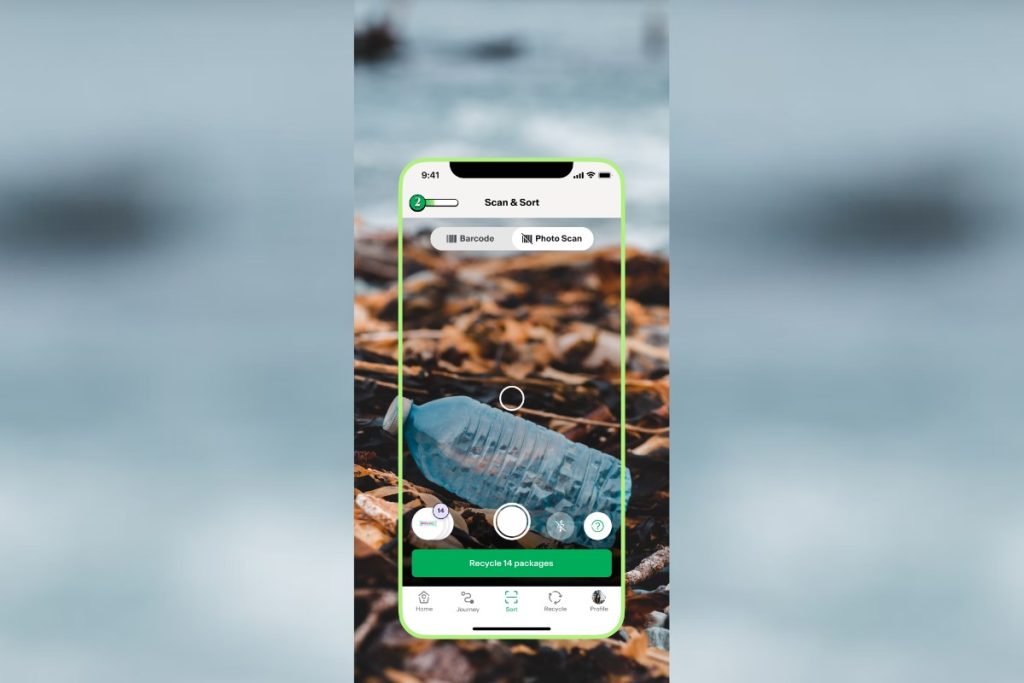
Swedish app Bower was selected for a six-month Google.org fellowship and $1.9 million in funding to further develop its recycling app. | Photo Courtesy of Bower
With the help of a Google program, Swedish recycling app Bower is expanding its AI-visioning model worldwide, aiming for a world without waste.
The updated app allows users to scan any item, and a computer visioning system and AI program will then identify what the item is made of and use GPS location to determine if it is recyclable and how.
Berfin Mert, co-founder and chief operating officer of Bower, told Resource Recycling that a global system at first “was a dream,” but with the help of a six-month Google.org fellowship and $1.9 million contribution, the dream became reality. Google.org is the tech company’s philanthropic arm.
“What’s new now and has been developed by the help of the Google Fellowship is the ability to also detect packages that do not have a barcode, like takeaway packaging or coffee cups,” she said. “It’s through the help of image recognition and computer vision models, and that has really freed us up. We’re no longer dependent on barcode data, which enabled us to open it up globally.”
Earlier versions of the app, which launched in 2019, relied on scanning barcodes to determine what the product was made of and how to recycle it. Now, computer models and AI, trained using Google’s DeepMind Gemini language models and Bower’s crowdsourced user data, do the work instead.
Bower has partnerships with over 600 global and local brands, including Nestlé, which pay a yearly licensing fee to load their products into the app and better ensure that they get recycled. The brands have also sent in products to help train the AI, Mert said.
So far, Bower has worked more with brands than recycling facility operators, Mert said, because operators have been hesitant to engage with the new technology.
Both versions of the app give users rewards for recycling in the form of points that can be redeemed for cash or for discounts on certain brand products. Users can also choose to donate to specific charities.
“Our vision is really to make sure that every package all around the world has a value, because we think that if it has a value it won’t be wasted,” Mert said.
The team decided to make the project’s computer vision model open-source so “others can benefit from it and build upon what we’ve already developed,” Mert added.
“We have this great vision of getting a world free from trash and we want to fully eliminate the whole concept of trash by keeping everything of value,” she said. “That’s a big task and the more we can get help getting there, the better.”

